Guangdong Rich Packing Machinery Co., Ltd.Mempunyai sejarah 28 tahun pengalaman dalam pembuatan jentera farmaseutikal dan pembungkusan jentera.
guangdong rich pecking machinery co., ltd. mempunyai sejarah 28 tahun pengalaman dalam pembuatan jentera farmaseutikal dan jentera pembungkusan.
Guangdong Rich Packing Machinery Co., Ltd.Mempunyai sejarah 28 tahun pengalaman dalam pembuatan jentera farmaseutikal dan pembungkusan jentera.
Guangdong Rich Packing Machinery Co., Ltd. mempunyai sejarah 28 tahun pengalaman dalam pembuatan jentera farmaseutikal dan jentera pembungkusan.
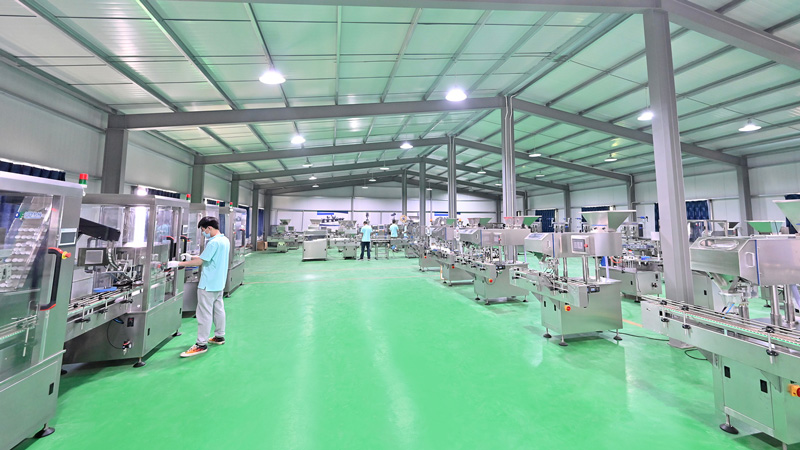
1. Pintar PLC Sistem. 2. Kadar pemuatan kapsul ke atas 99.5%. 3. Didorong oleh Servo Motor. 4. Deep Penyesuaian Disokong.
View More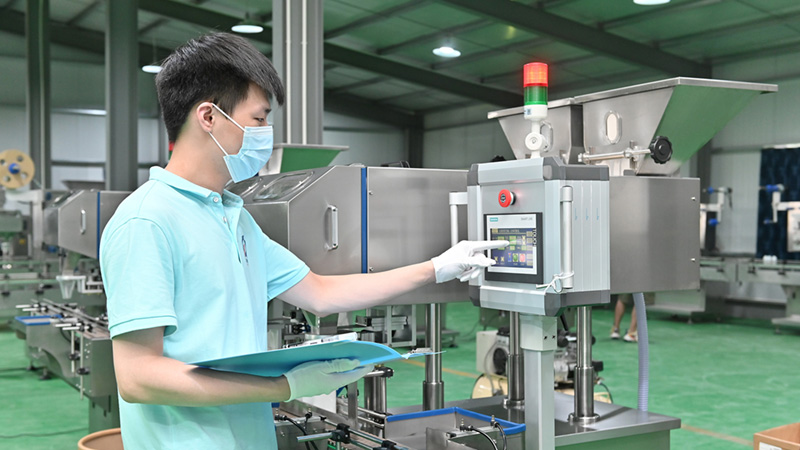
1. Motor Servo Penuh Didorong. 2. Saiz Besar & kedalaman membentuk. 3. kapasiti max ke 260 Karton / Min. 4. Menyediakan Pintu ke Luar Negara Perkhidmatan.
View More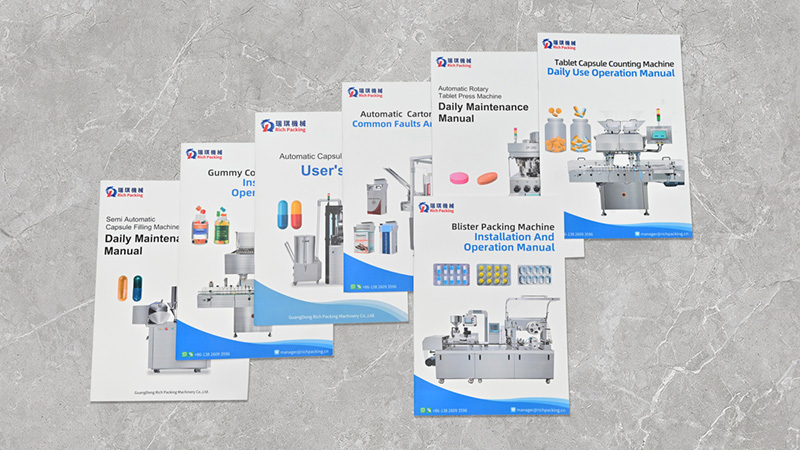
1. Bahagian Utama Modular Reka Bentuk. 2. Kadar pengiraan ketepatan yang tinggi > 99.98%. 3. Deep Penyesuaian Disokong. 4. Mengira kapasiti pembotolan ke 100bottles / Min.
View More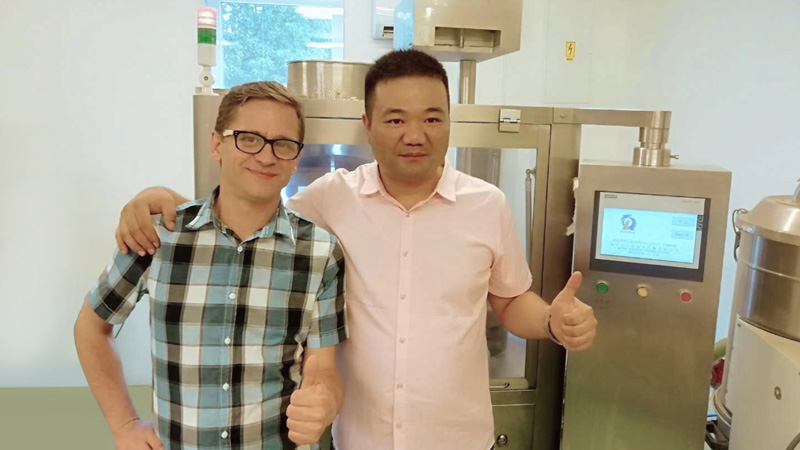
1. Selesai Tablet / Pil Firma dan Lancar. 2. Deep Penyesuaian Disokong. 3. Tekanan Tinggi Max ke 400 KN. 4. Meets ISO, GMP, CGMP, SGS.
View MoreSelamat datang ke Guangdong Rich Packing Machinery Co., Ltd.
Tentang kitaSelamat datang ke Guangdong Rich Packing Machinery Co., Ltd.
kilang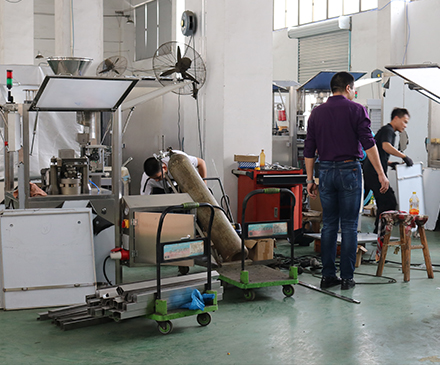
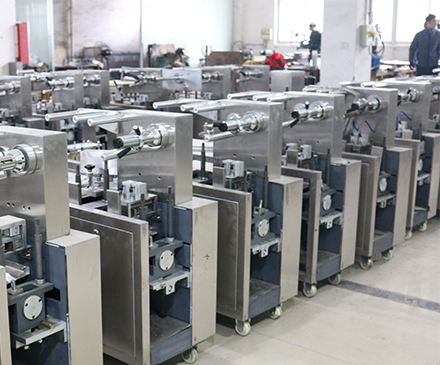
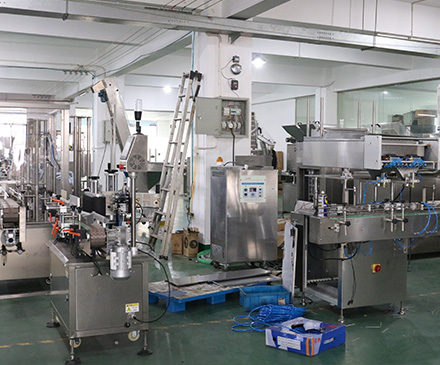
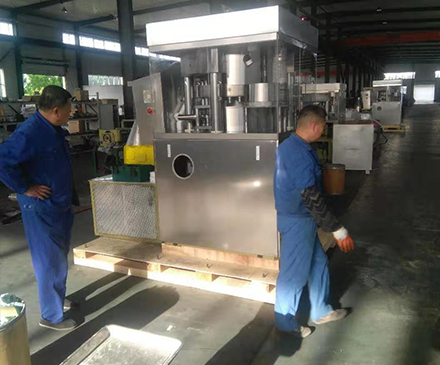
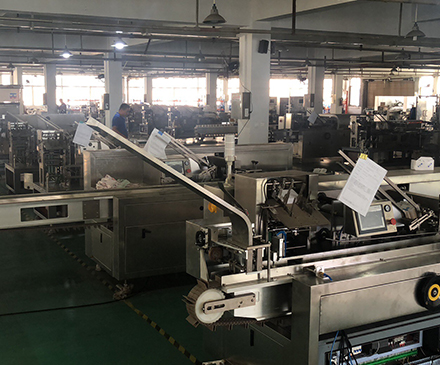
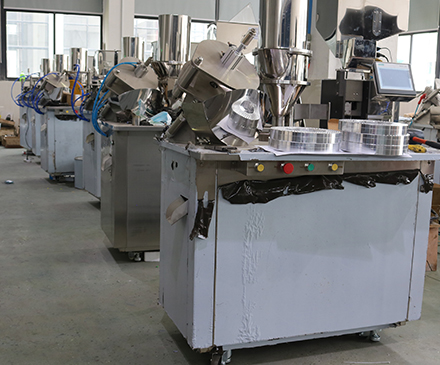
Selamat datang ke Guangdong Rich Packing Machinery Co., Ltd.
sijil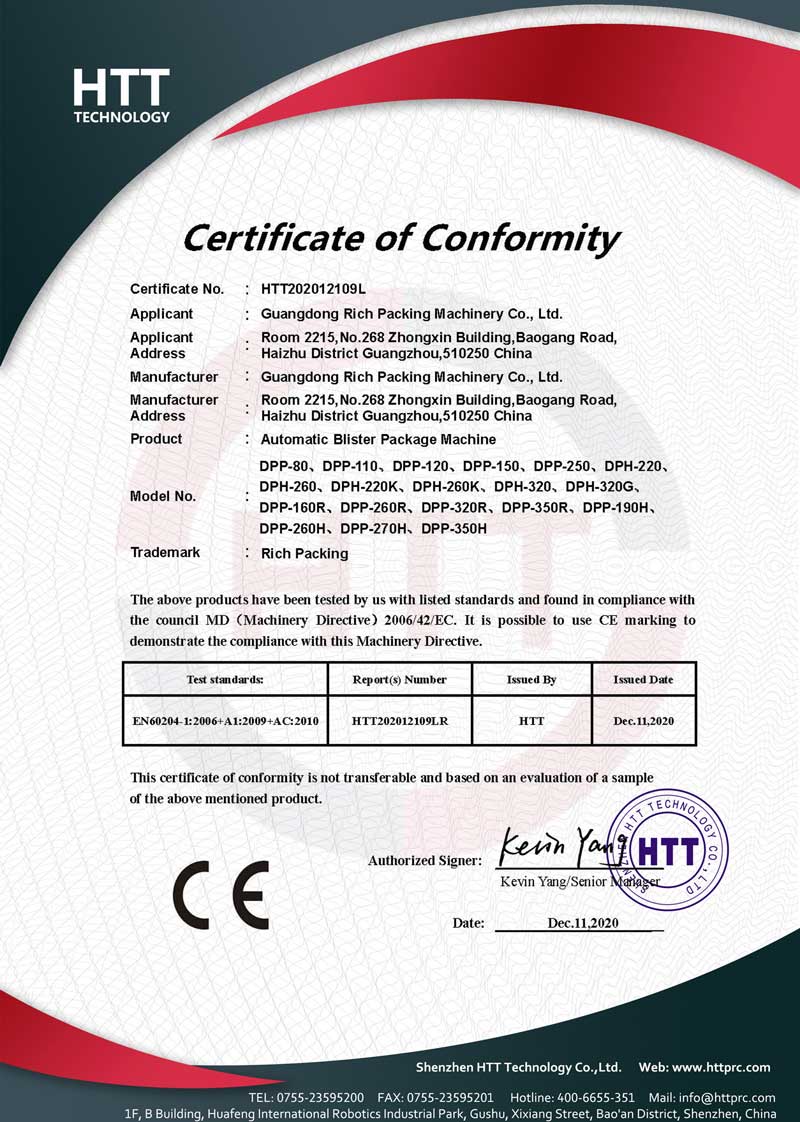
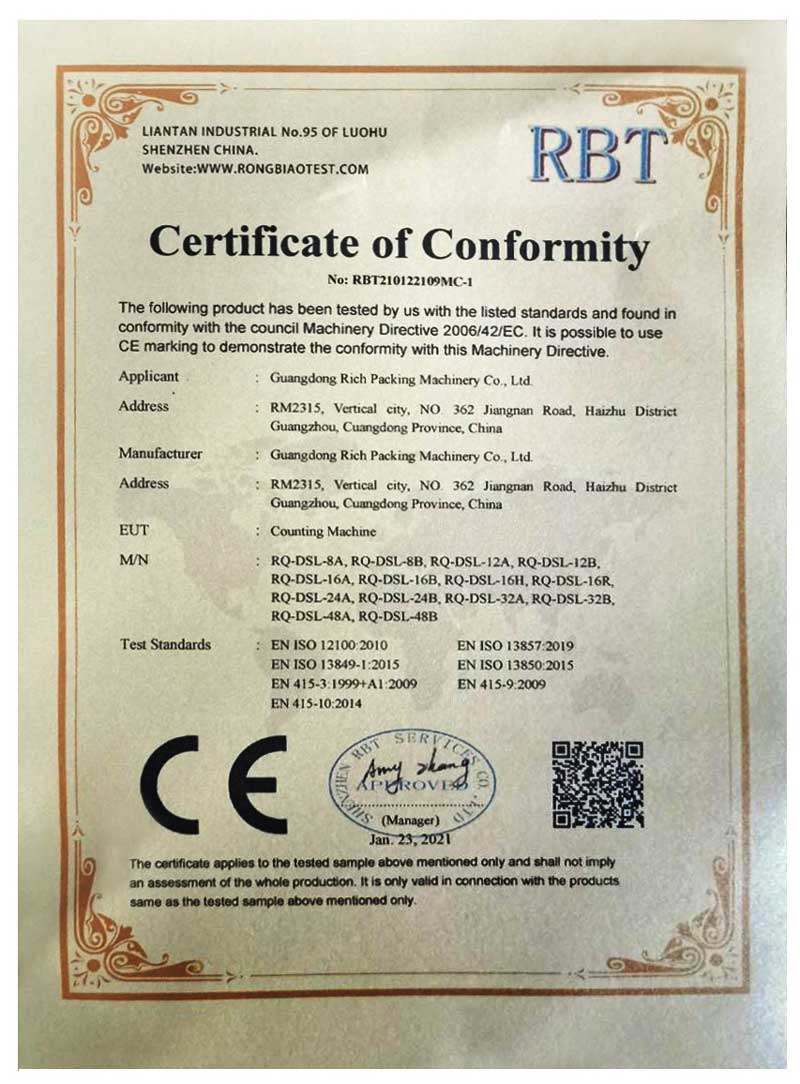
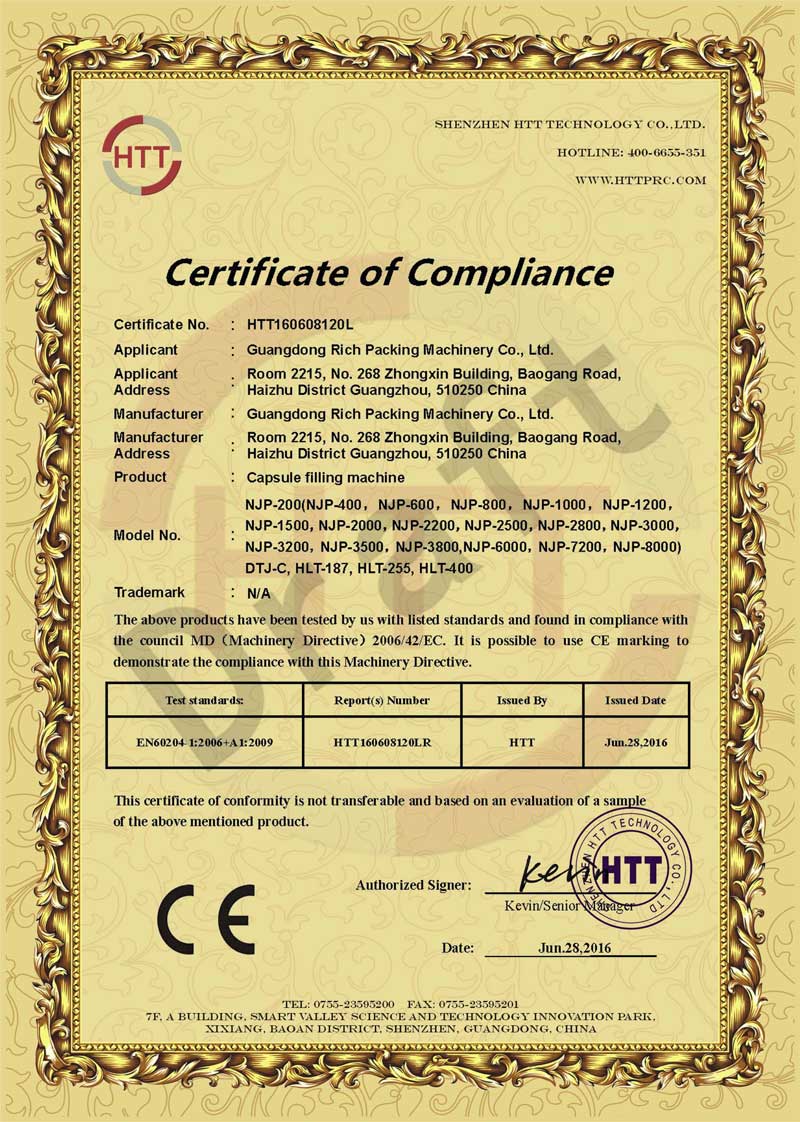
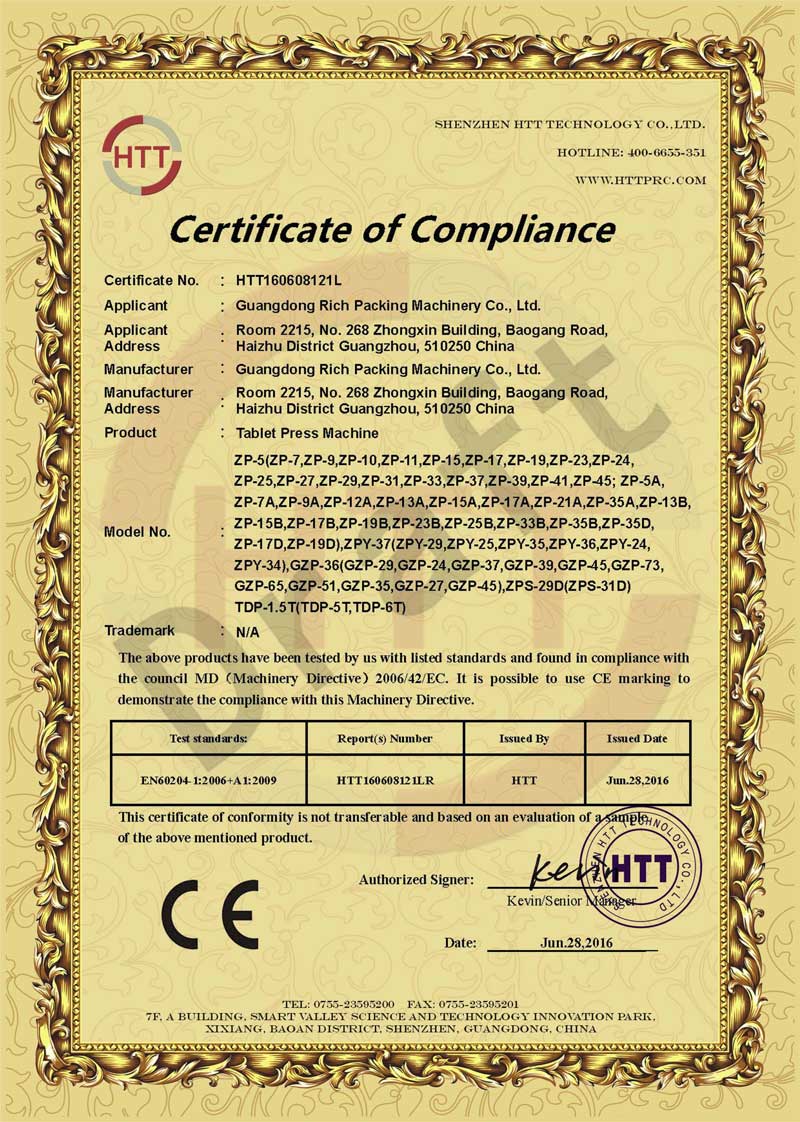
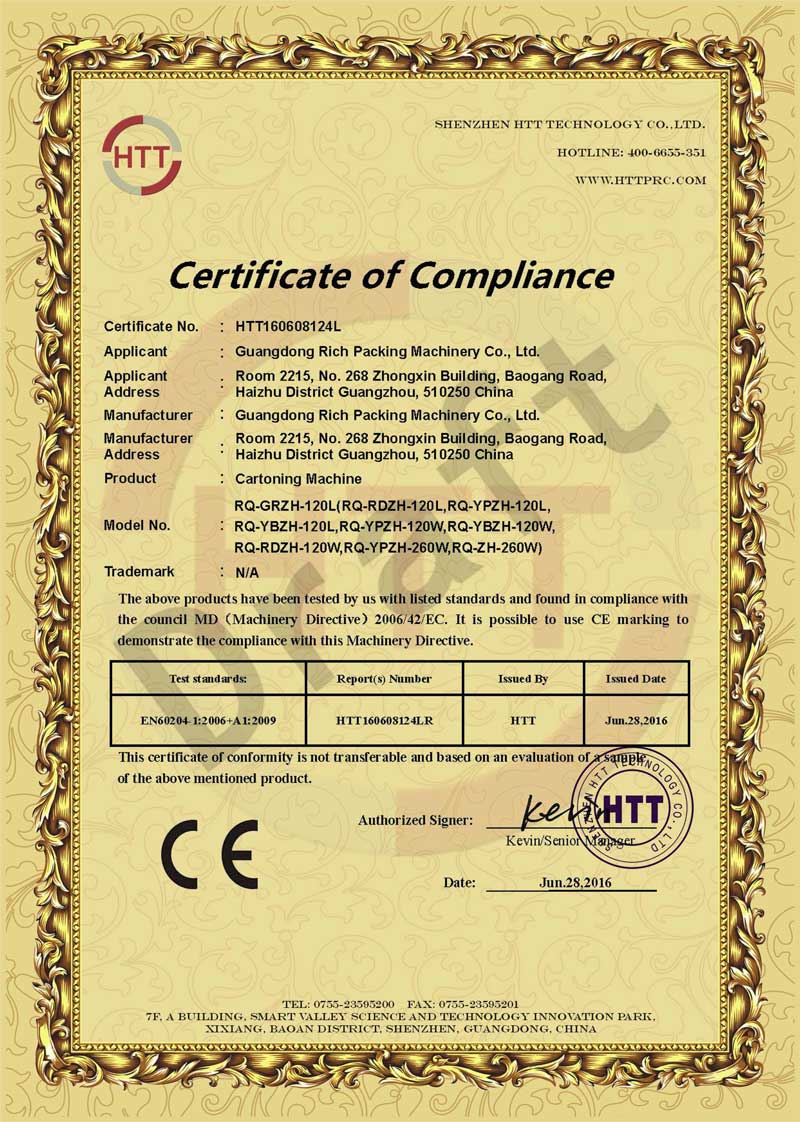
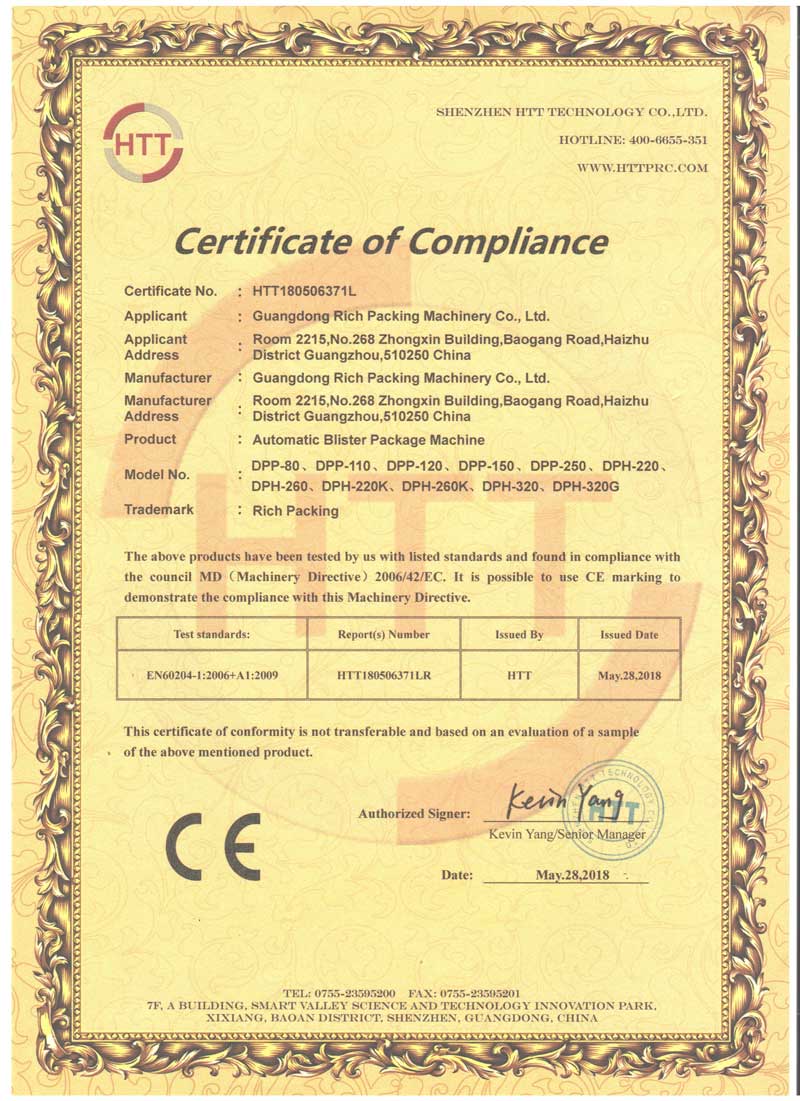
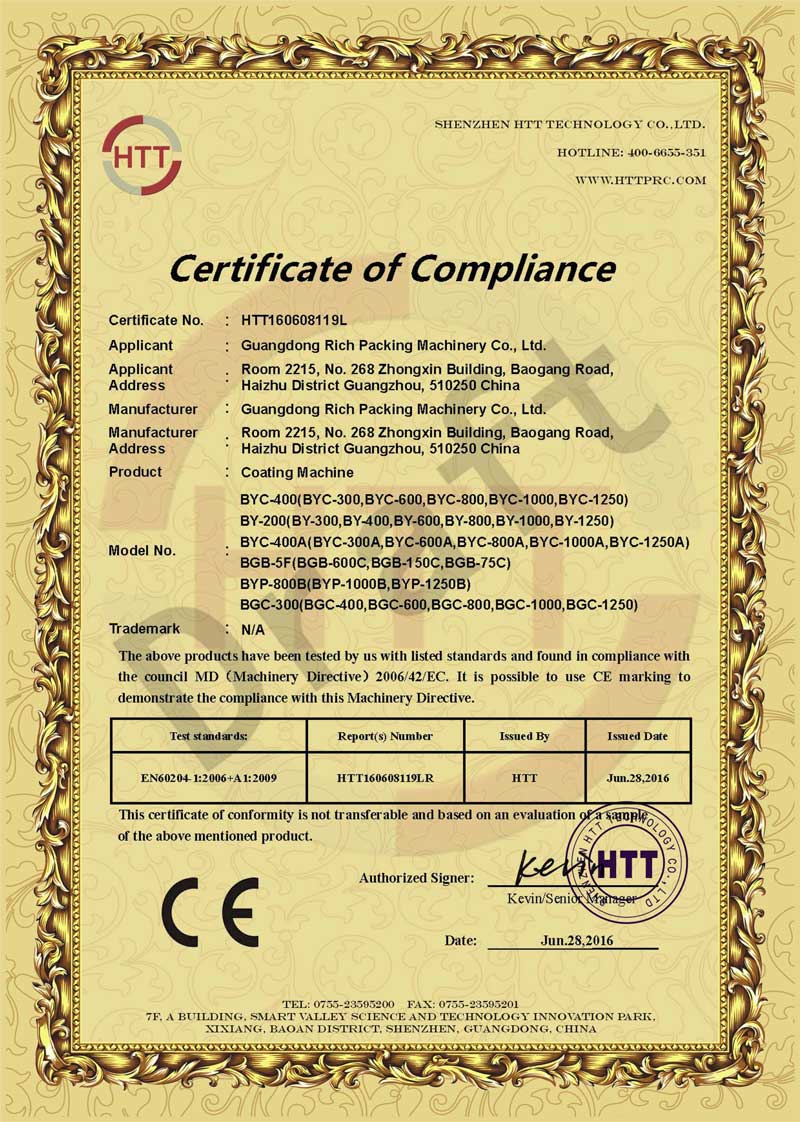
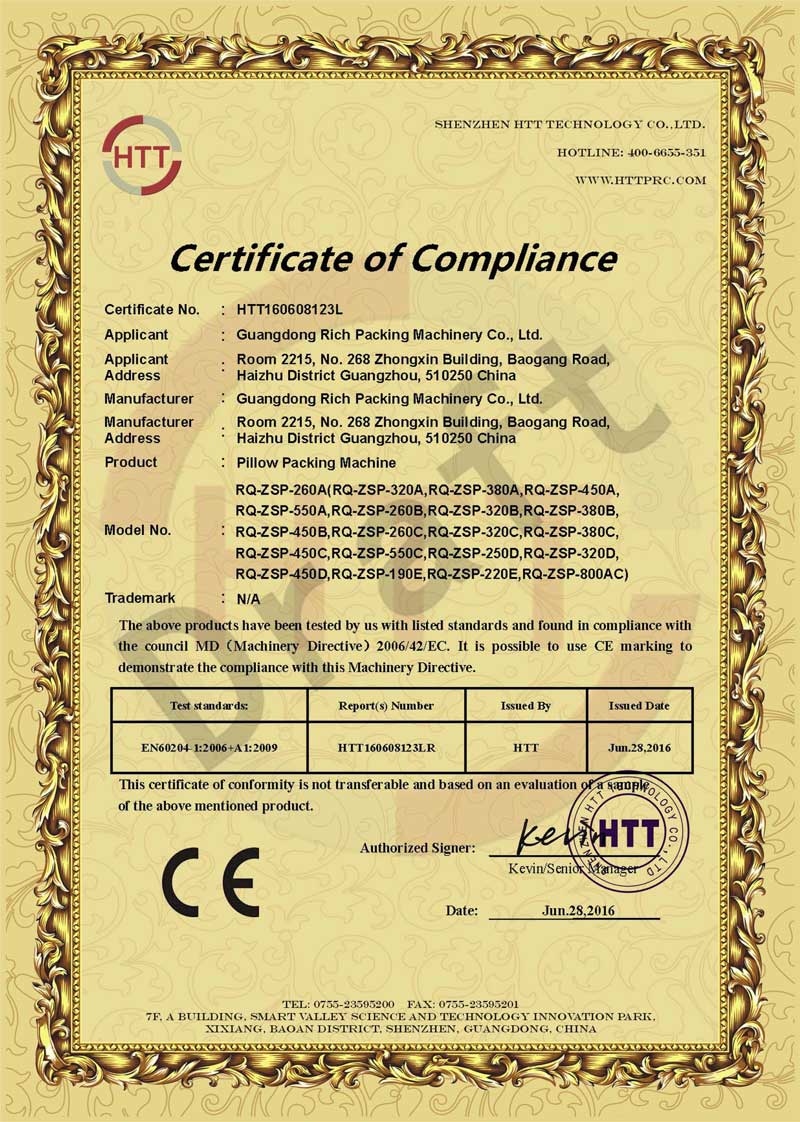
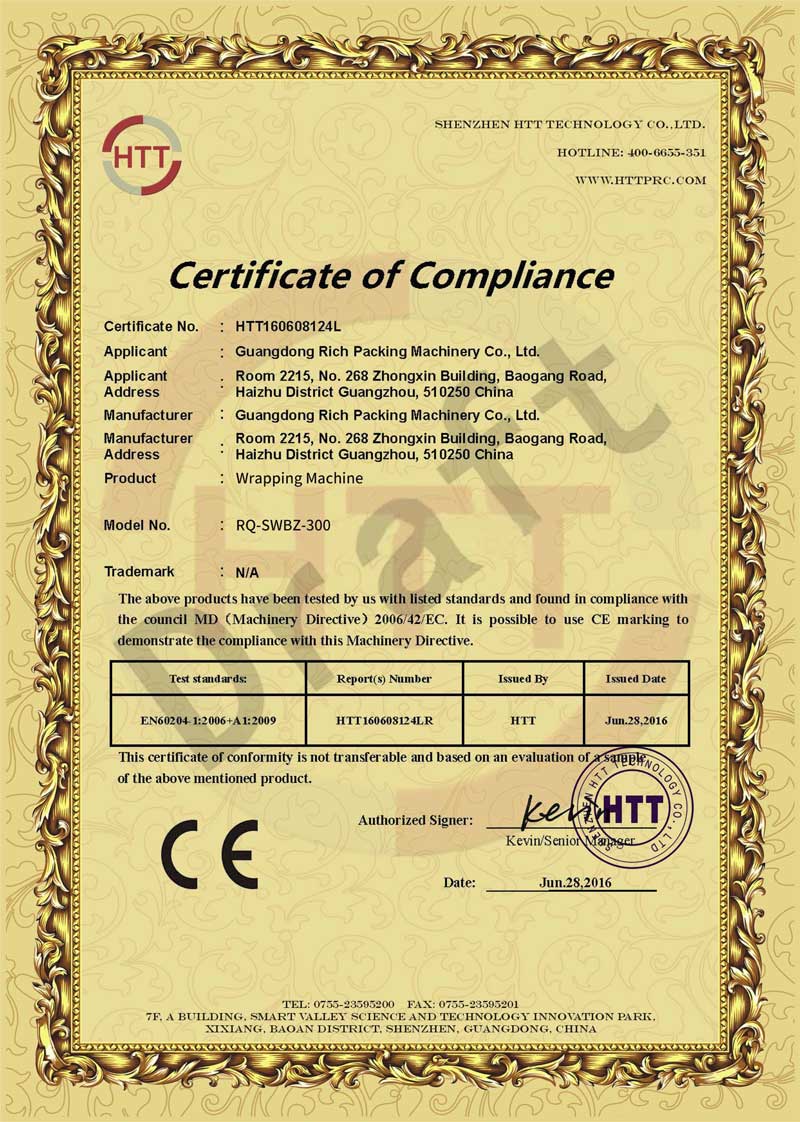




guangdong rich pecking machinery co., ltd. mempunyai sejarah 28 tahun pengalaman dalam pembuatan jentera farmaseutikal dan jentera pembungkusan.